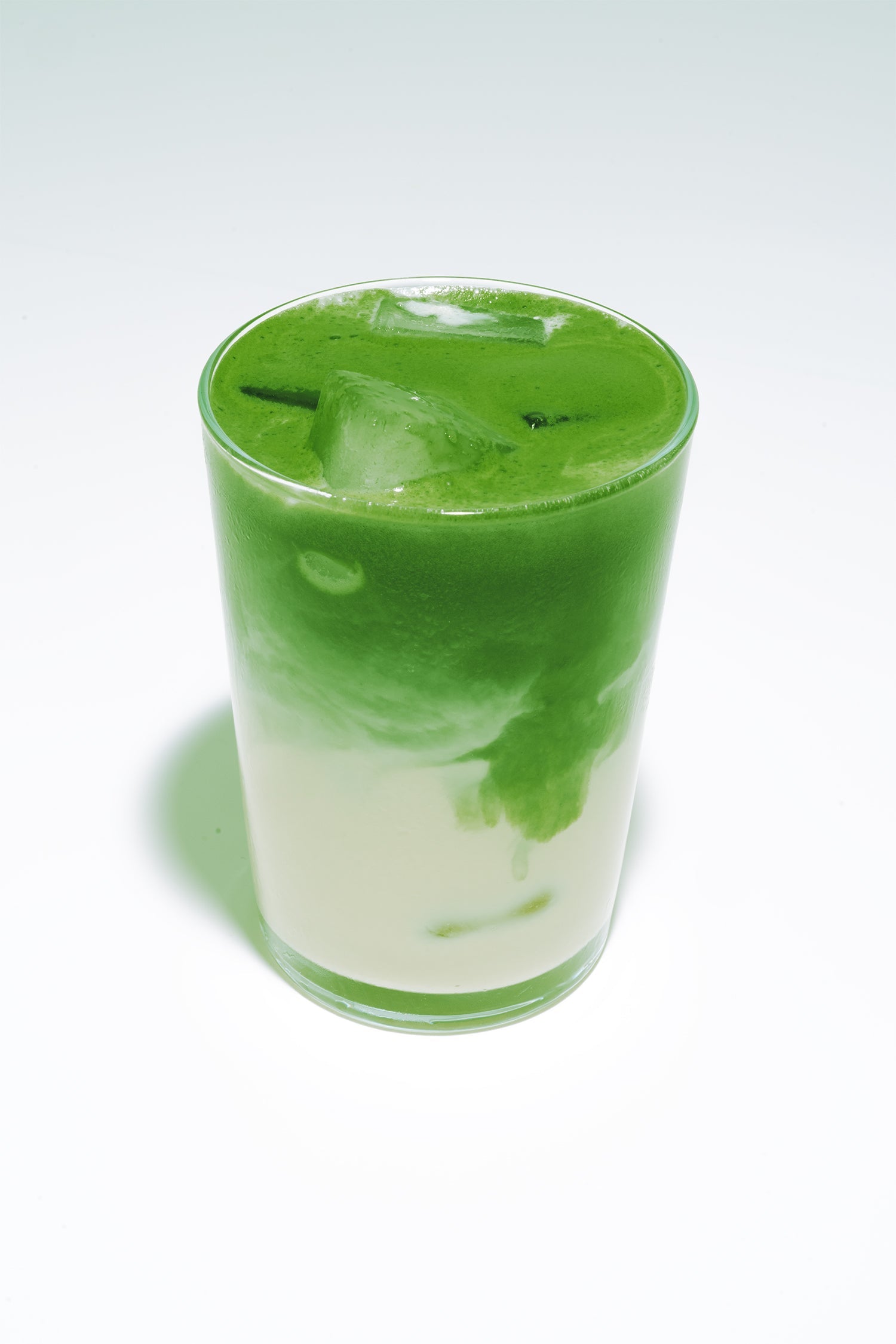
Matcha ingredients
What exactly is matcha made of? Learn in this guide why it's worth taking a closer look at the many ingredients of the green powder!
About
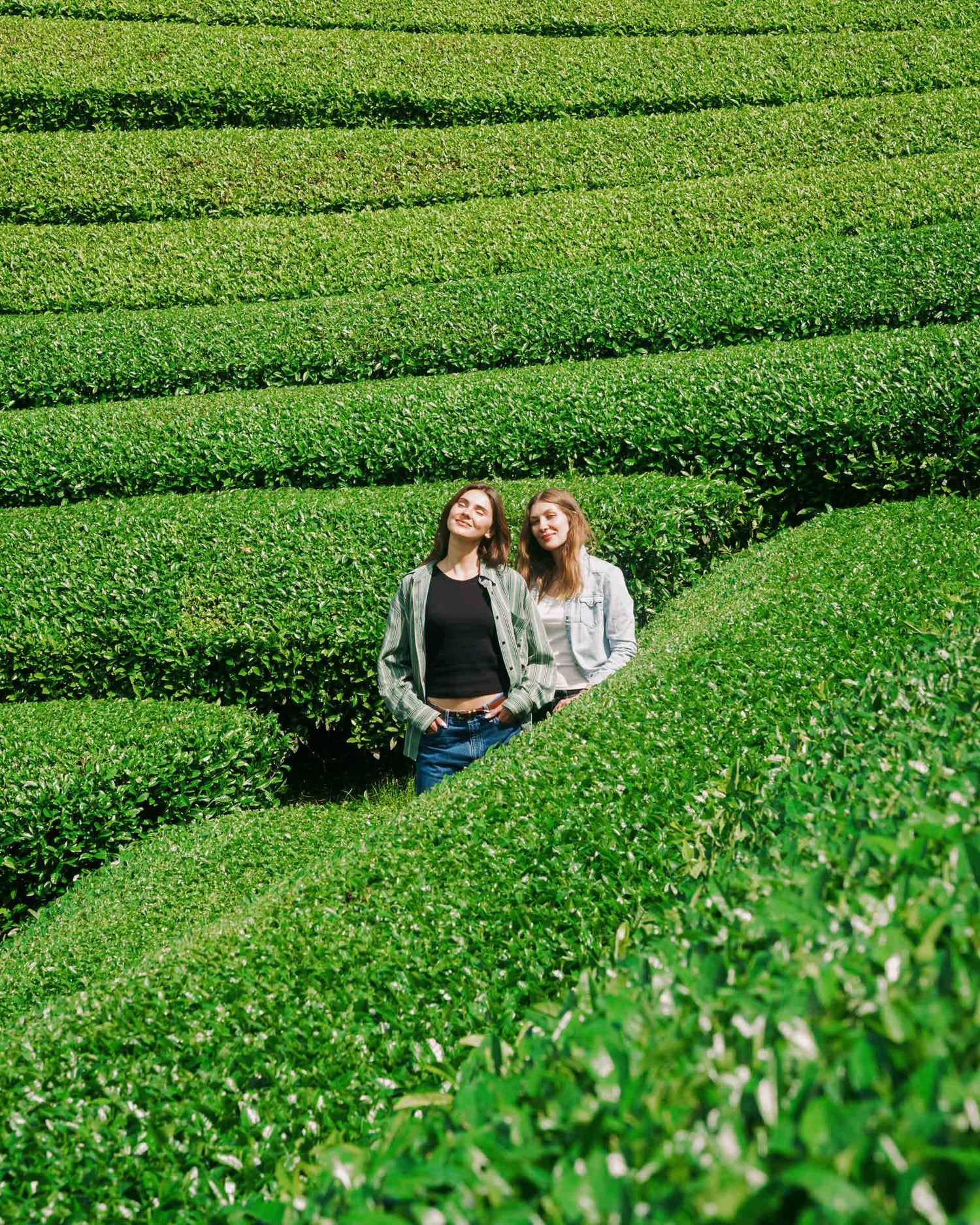
In 2019, we embarked on a search for a unique, enjoyable alternative to coffee – and discovered matcha. Fascinated by its long tradition and the unique way it is produced in Japan, we tried various varieties and quickly realized: not all matcha is the same!
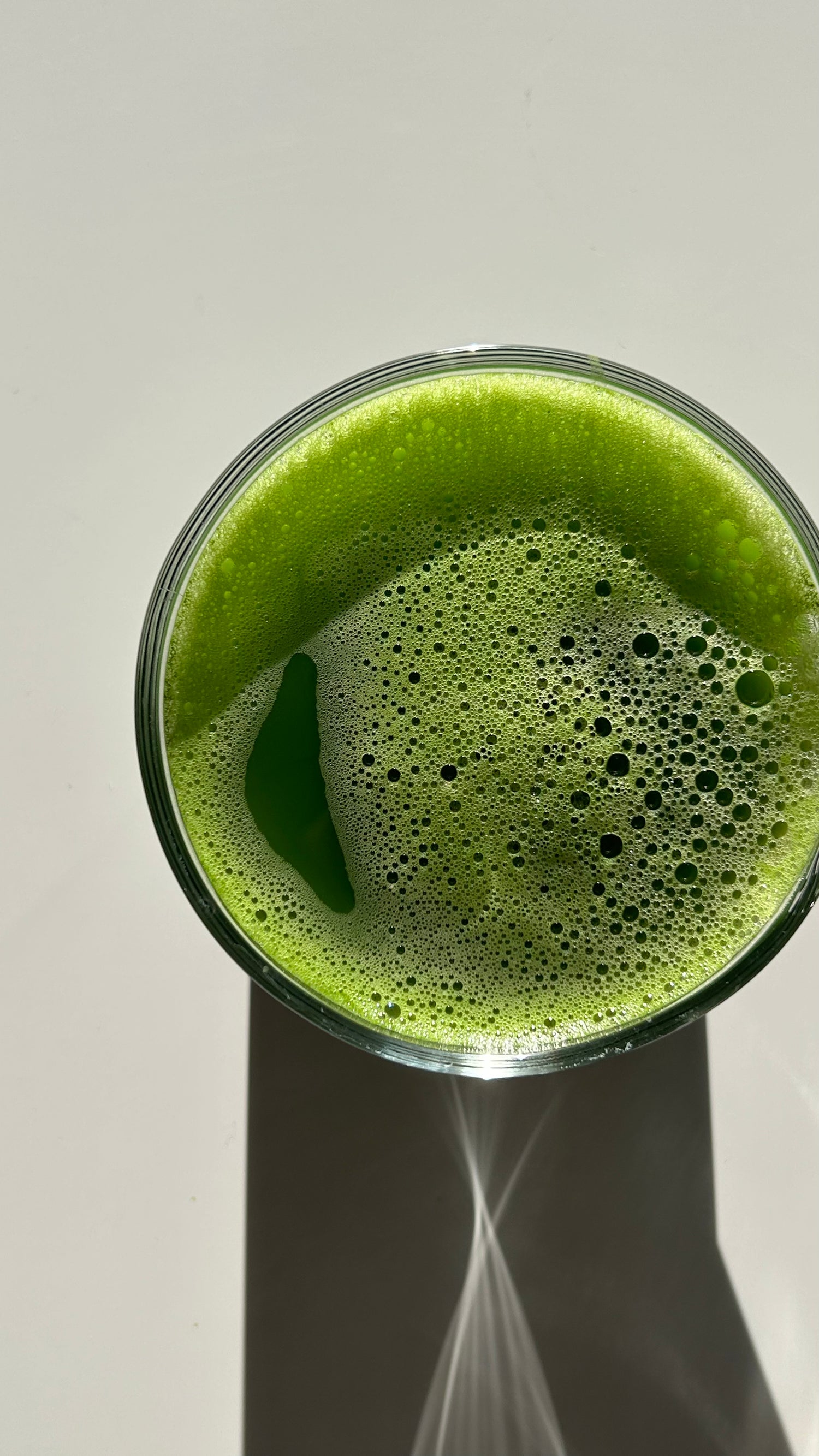
Organic quality, regular soil checks, and a general analysis of existing nutrients and heavy metal contamination are important factors for us.
So we set out to find the best matcha in the world.
We tried many different types of matcha, searching for a matcha powder that was naturally mild in flavor and smooth enough to drink without added milk or syrup. We found what we were looking for in the Uji region—a traditional and renowned tea region in Japan, on a family-run farm that has been in operation for generations.
We found this newfound lifestyle so compelling that we absolutely wanted to share it! Because a cup of matcha might just be the simplest form of self-love! And it only takes a few minutes to incorporate this tea ceremony into your routine!
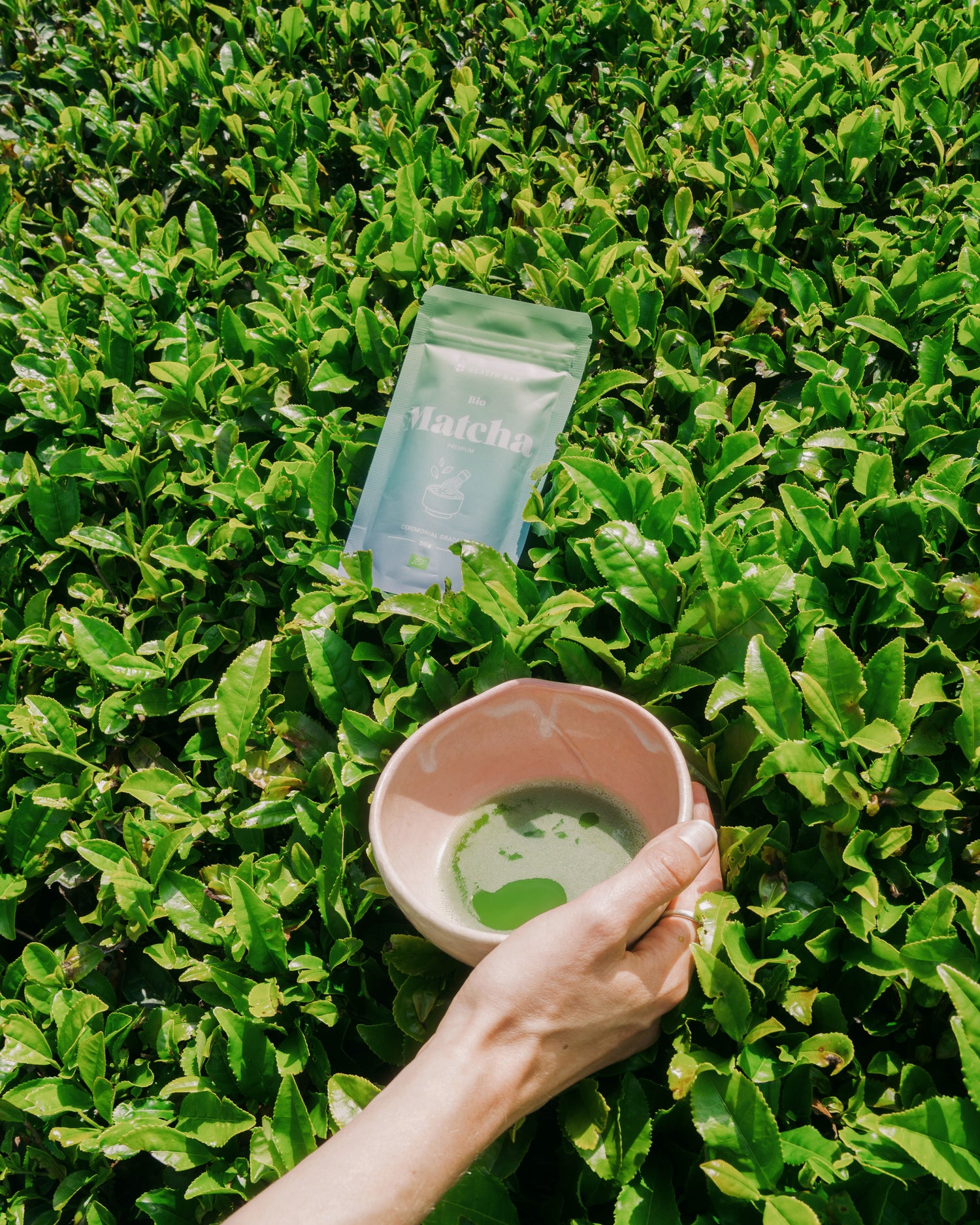
Quality is our top priority – especially with our organically certified matcha powder and matcha chocolate. We carefully select our ingredients and rely on sustainable cultivation without pesticides. This guarantees pure flavor and outstanding quality.

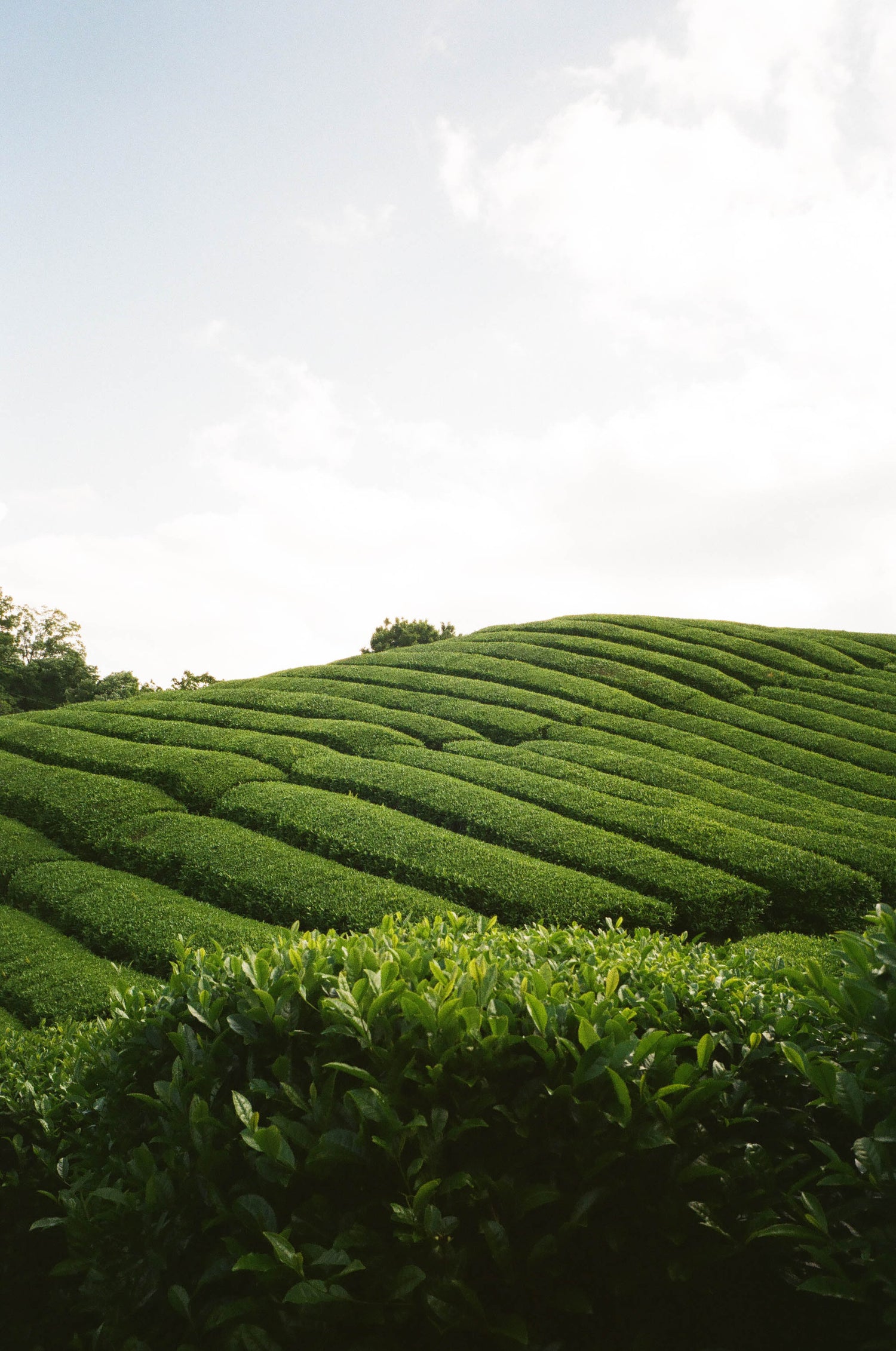
Our tea farm is a traditional family business that has been in operation for several generations and has been producing organic matcha for several decades.
The Matcha tea growing region is one of the best and oldest in Japan: the Uji region, west of Osaka. The region is known for its clean water and nutrient-rich soil, free of pesticides. The climate is ideal: mist from the Uji and Kizu rivers keeps the tea plants moist and reduces the risk of frost damage.
Tea farmers traditionally protect the plants from the sun with reeds and bamboo canes. This increases the chlorophyll content in the leaves and softens the flavor. The tea is cultivated without pesticides.
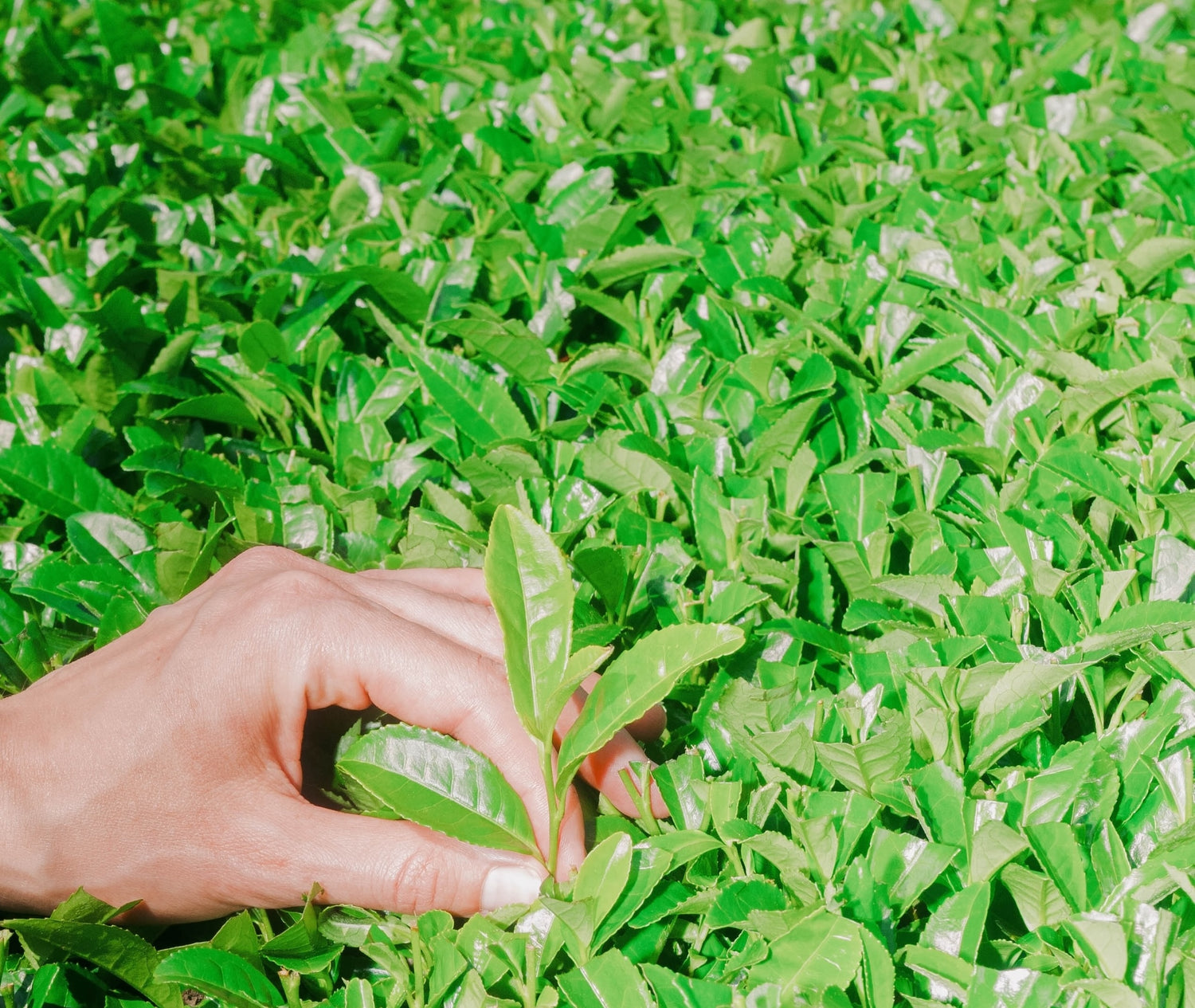
Annual soil sampling and laboratory tests for heavy metal and radiation contamination are conducted to ensure the highest possible quality. Furthermore, each batch is carefully tested for its mineral properties.
Our quality is confirmed by the strict standards of the organic certificate from the Japanese certification body JONA and the German organic certification.
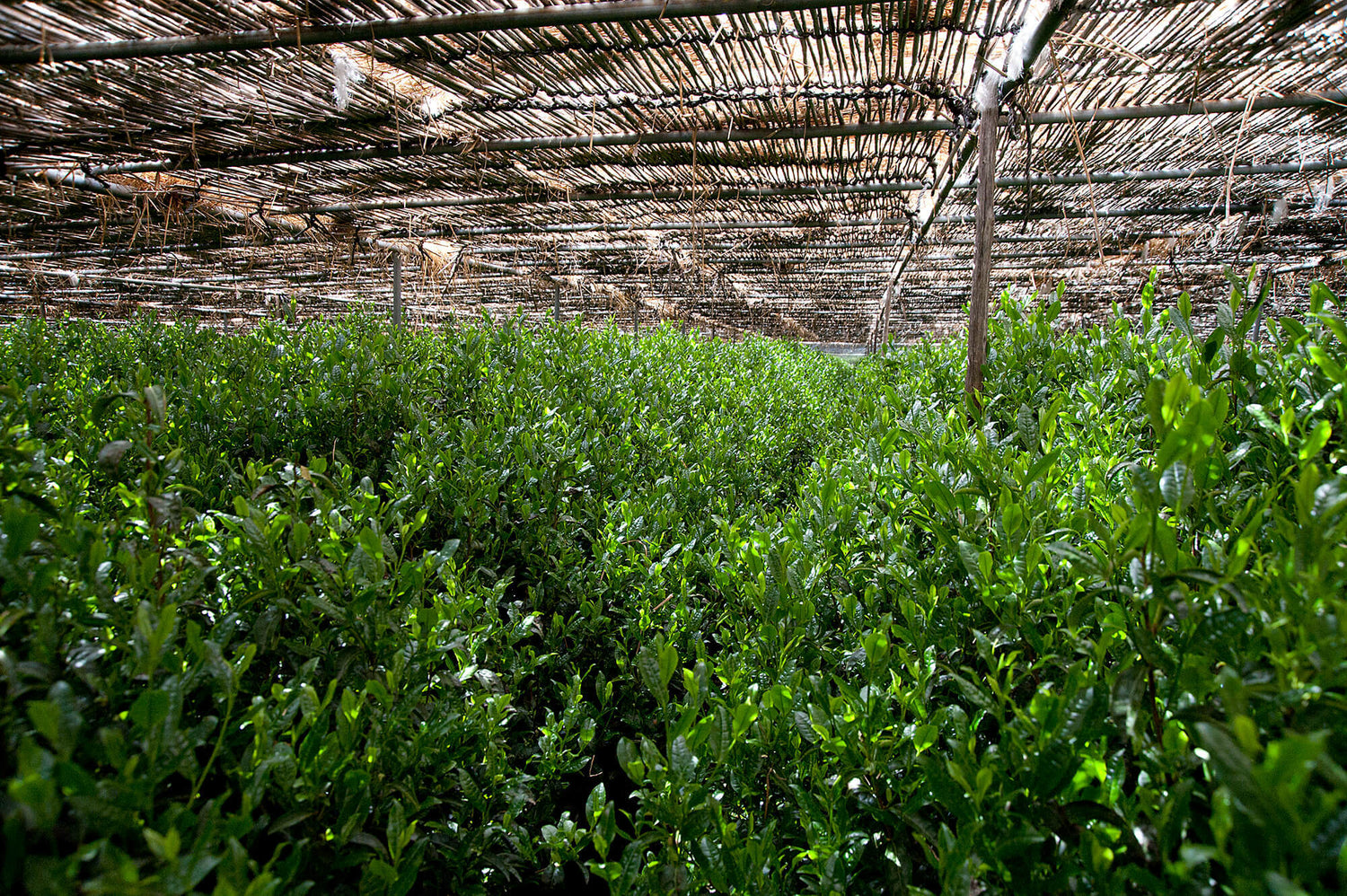
Around April, shortly after new shoots appear on the bushes, the fields are covered, almost completely protecting the plants from sunlight.
In Uji, reeds have been spread on bamboo canes for centuries. Today, only a few farmers still use this traditional method. The shade allows the tea to concentrate and multiply nutrients. Shrubs that are not exposed to sunlight increase chlorophyll production many times over.
Also important is L-Theanine, the amino acid responsible for the umami flavor in tea. Shade-grown tea preserves this delicate flavor.
Premium quality at Health Bar
The first harvest of green matcha tea begins in late April and ends in late May. After the leaves are picked, new ones appear in their place and are harvested in late June and early July. The third harvest of the year takes place in August. With each harvest, the tea becomes slightly weaker, less colorful and less flavorful. Even the leaves within a single harvest vary in quality – only the tip of the stem, with the two smallest leaves, are picked for the premium quality tea.
How tea becomes matcha
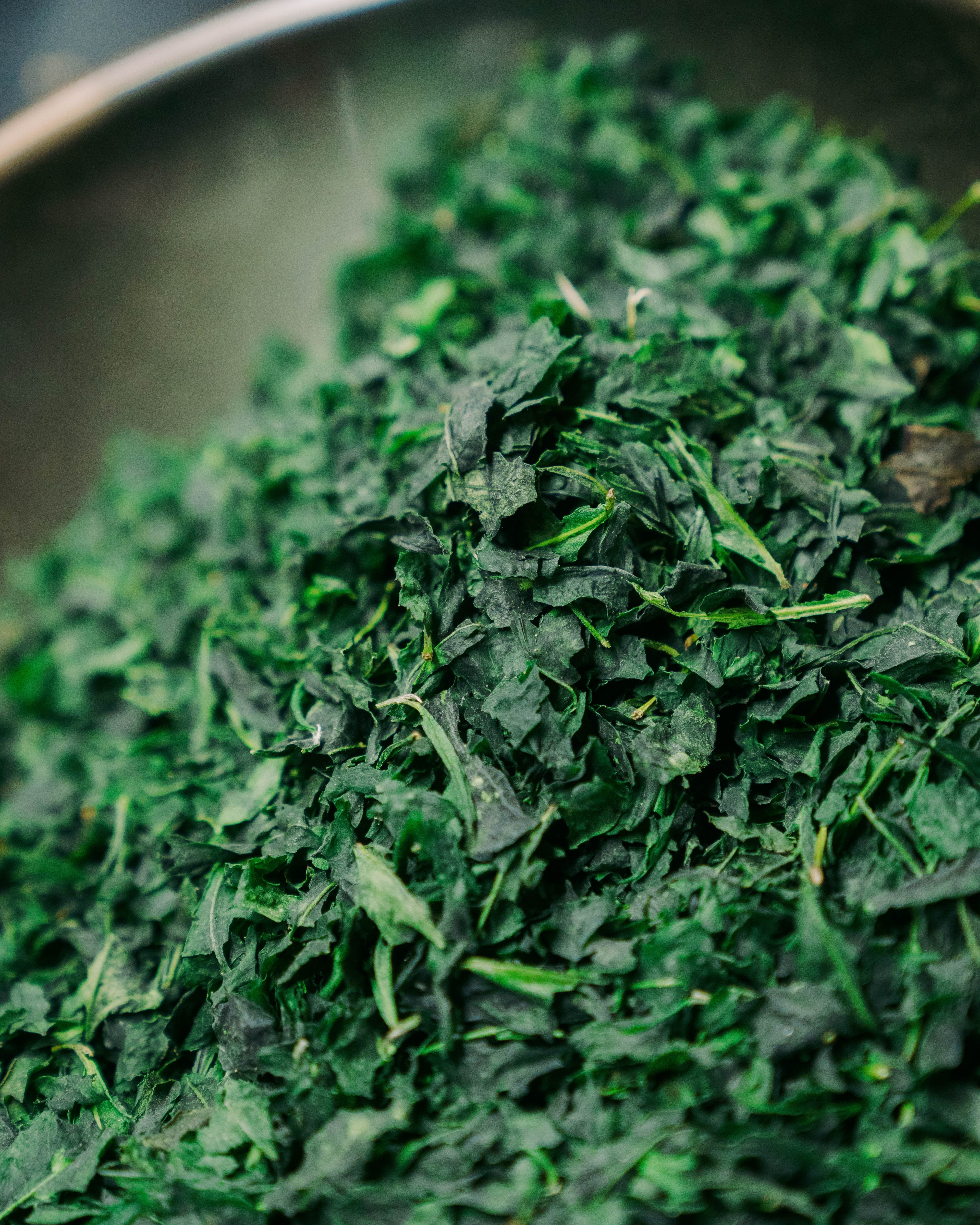
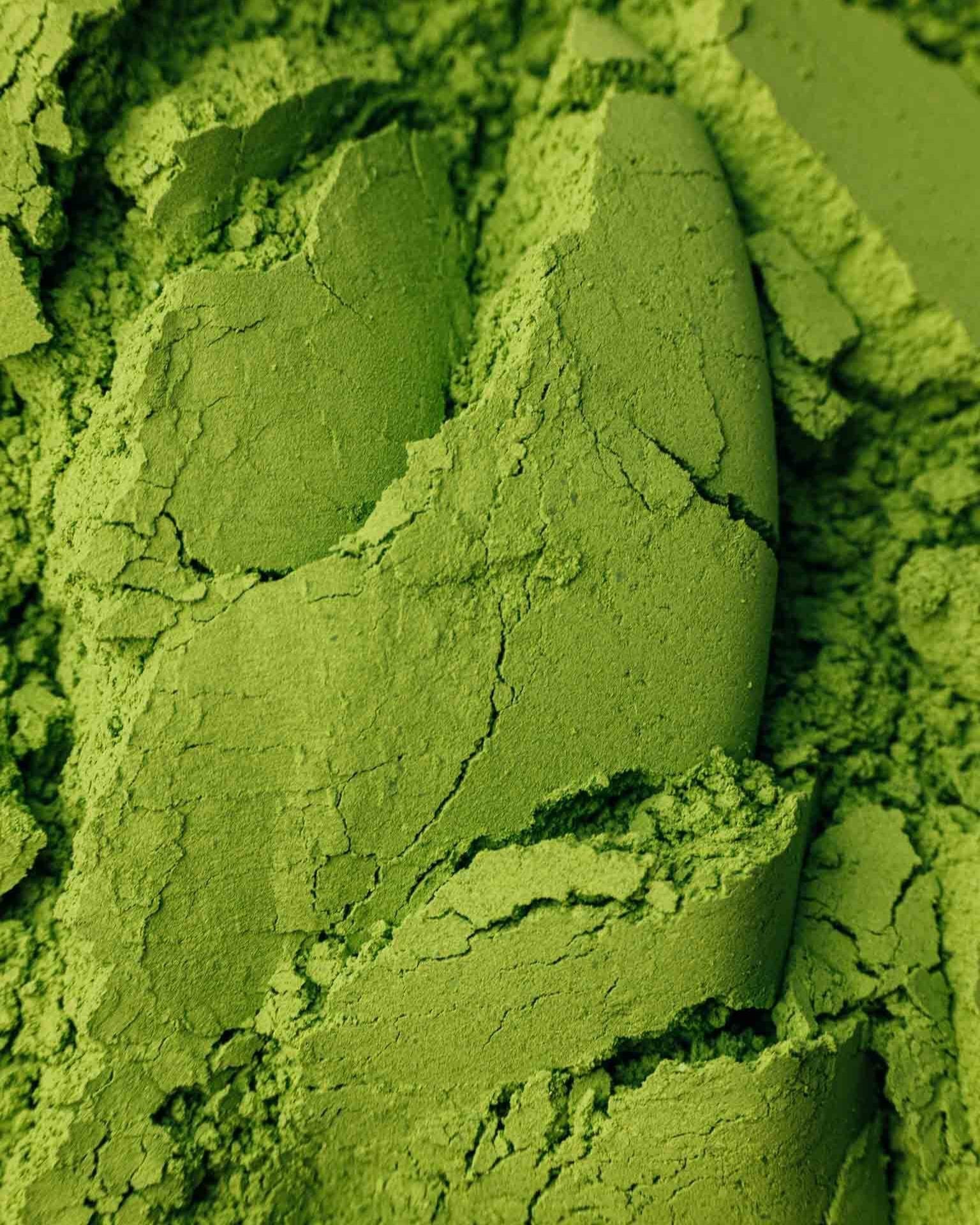
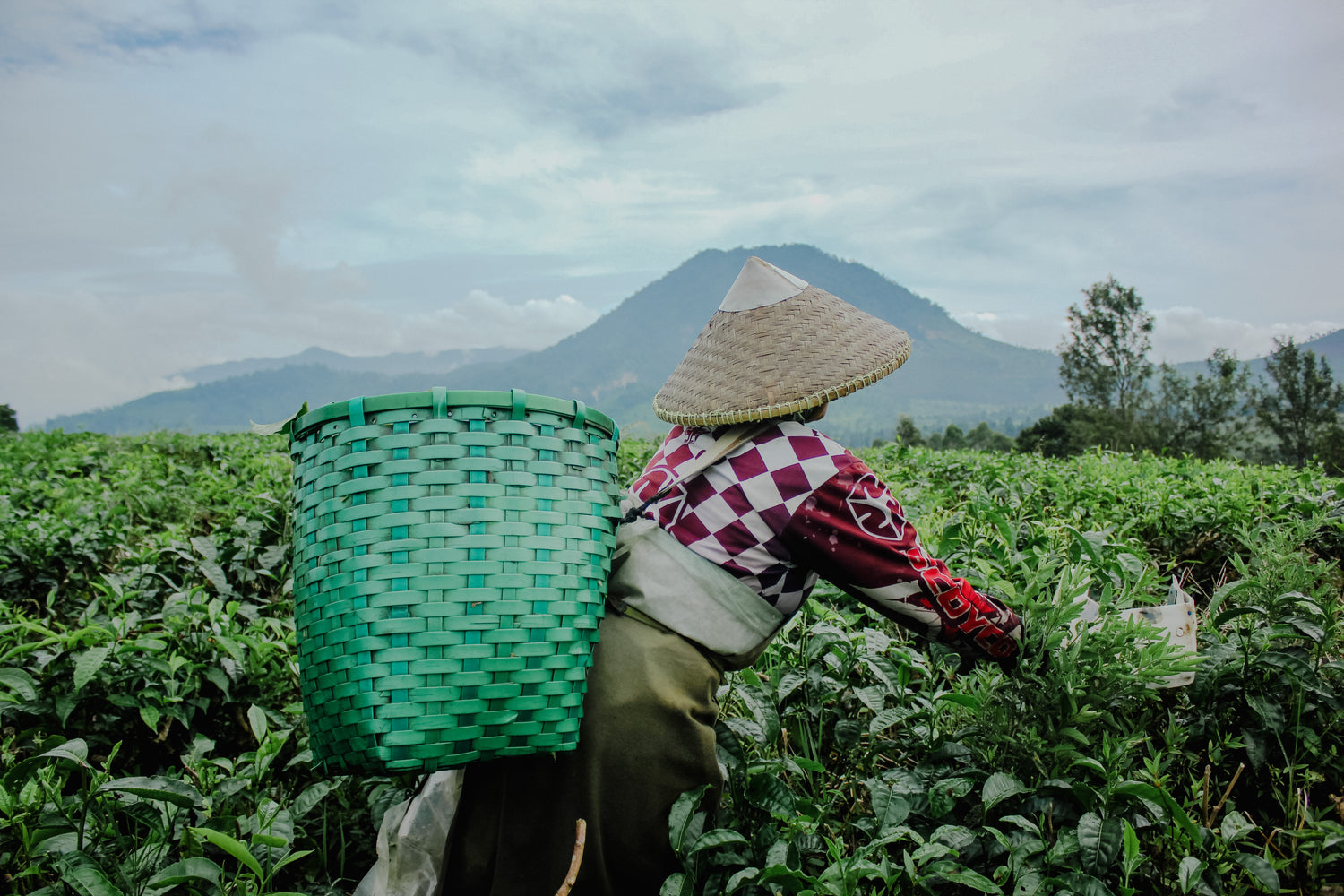
After harvesting, the tea leaves are immediately gently steamed to preserve their characteristic color and fresh aroma. They are then dried with gentle blasts of air, shrinking them to about one-sixth of their original volume.
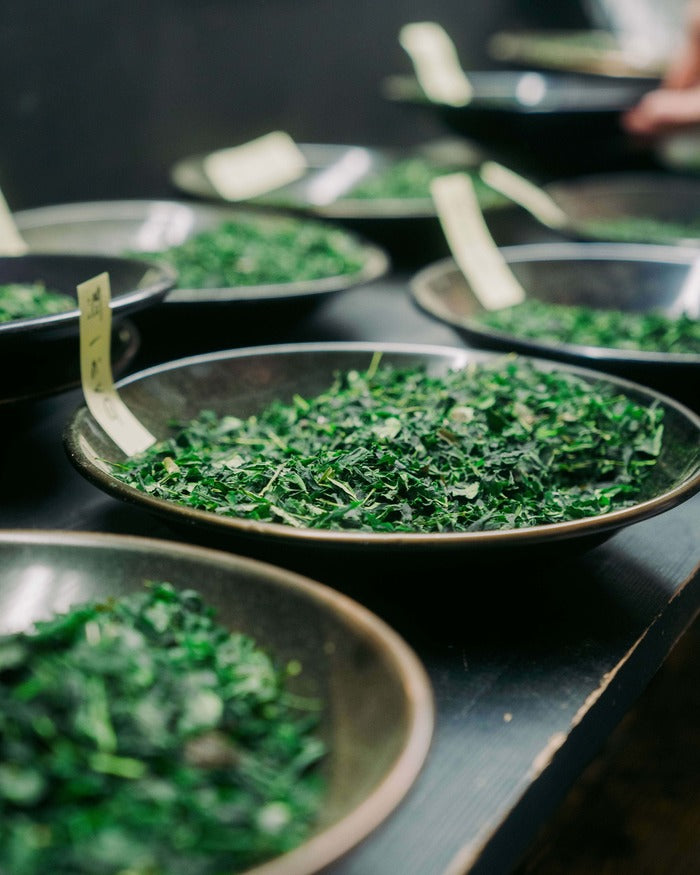
The dried tea leaves are sorted by size, weight, and color. Then their stems and veins are removed. The clean leaves are cut into smaller pieces and finally dried for a period of time. The finished tea undergoes a final inspection, and any unwanted parts are removed and processed into sencha (green tea) to ensure optimal use of all resources. The end result is small, dark green, perfectly cleaned leaves. This tea is called tencha and is the raw material from which matcha is made.
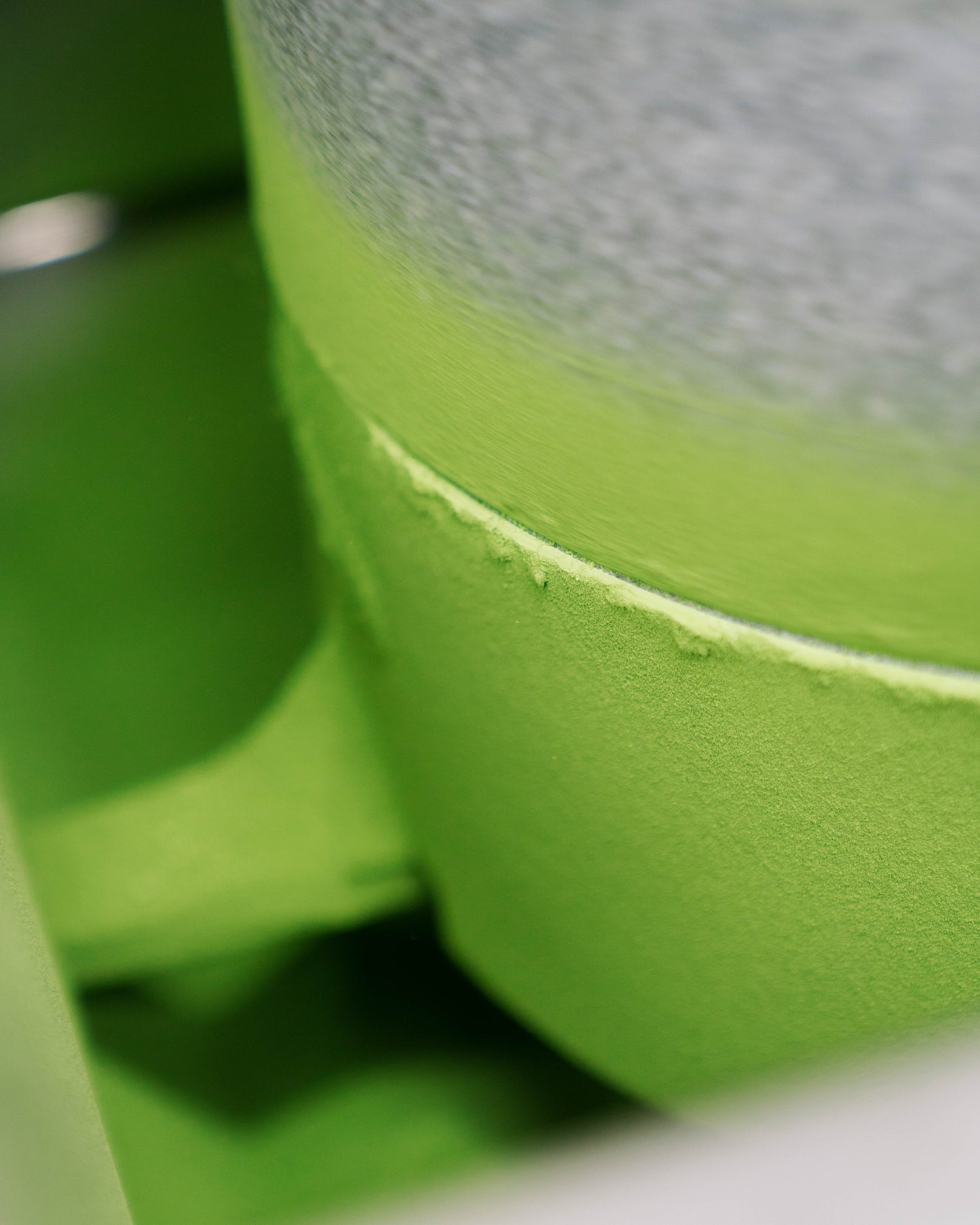
To make matcha, the leaves of the tencha are taken and ground in rotary mills. Two specially shaped granite stones rotate and slowly grind the tea into a powder. The process requires time and precision. Thanks to its powdery texture, it blends perfectly with water, yet is not soluble like, for example, cocoa powder.
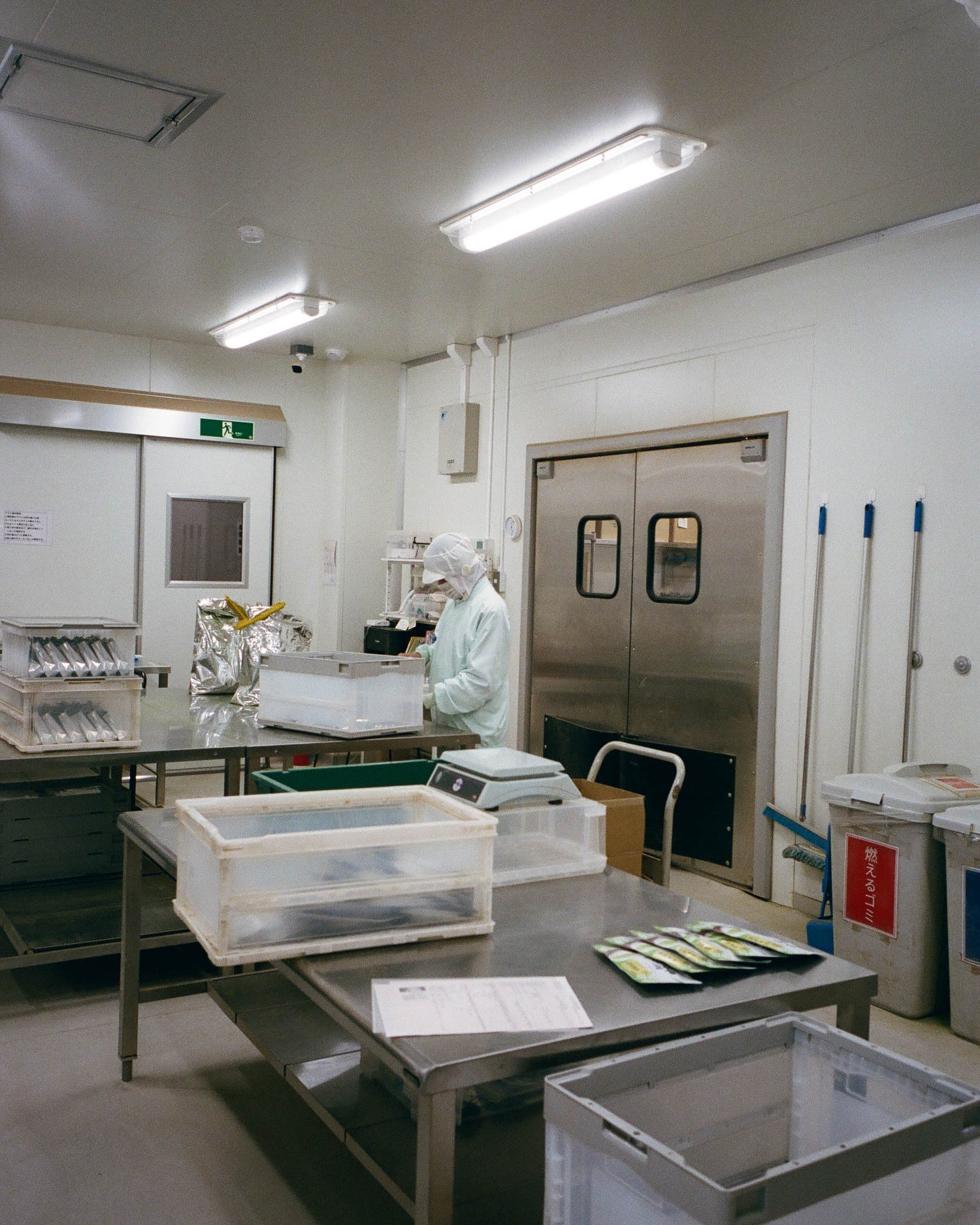
The final step is a detailed inspection of the produced tea. Nutrient content is measured and tests are conducted for possible contaminants. The Health Bar Matcha is also certified by the independent Japanese organization JONA, which issues a special JAS certificate. This certification confirms that our tea is organically grown and pesticide-free and has not been contaminated by external pollutants, such as air pollutants, during cultivation and production. The German Organic Seal is awarded in Germany by an independent body that not only additionally monitors the tests conducted in Japan, but also the way our tea is stored.